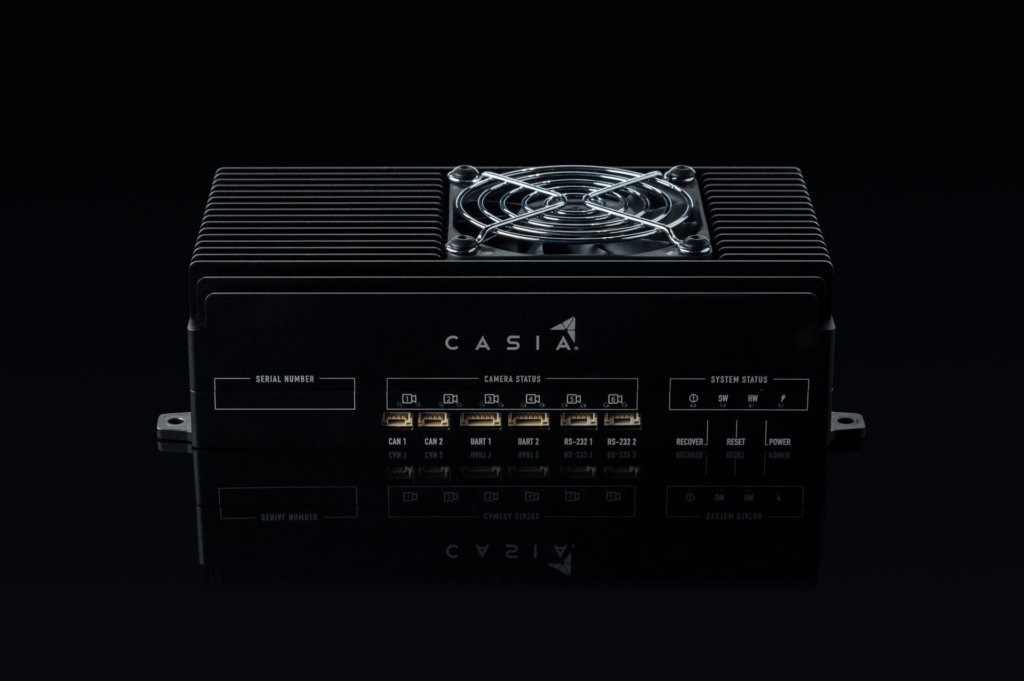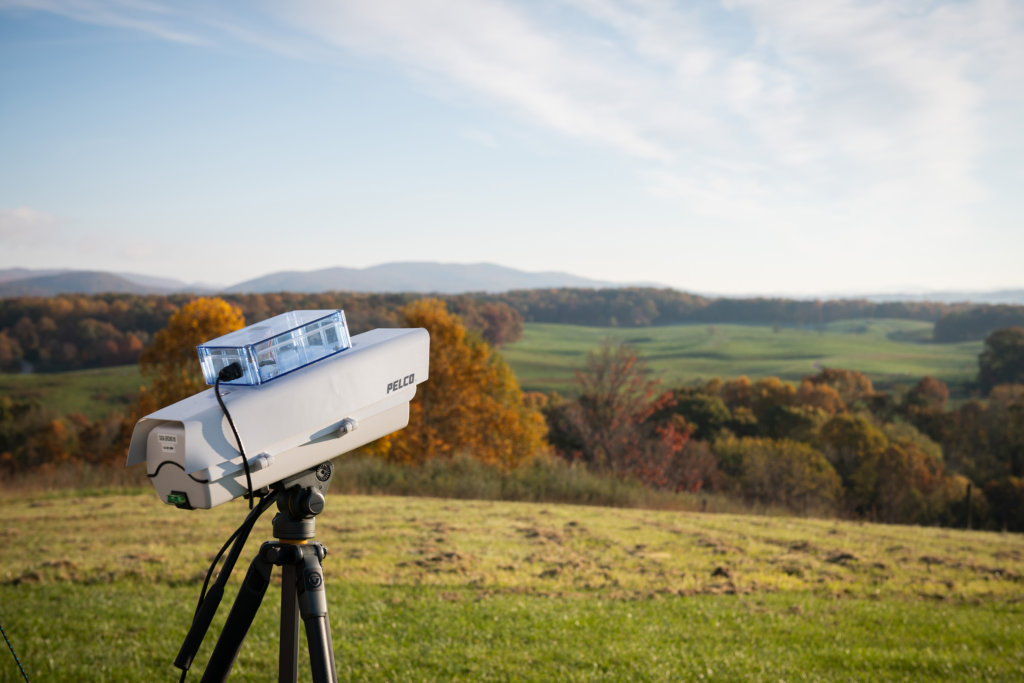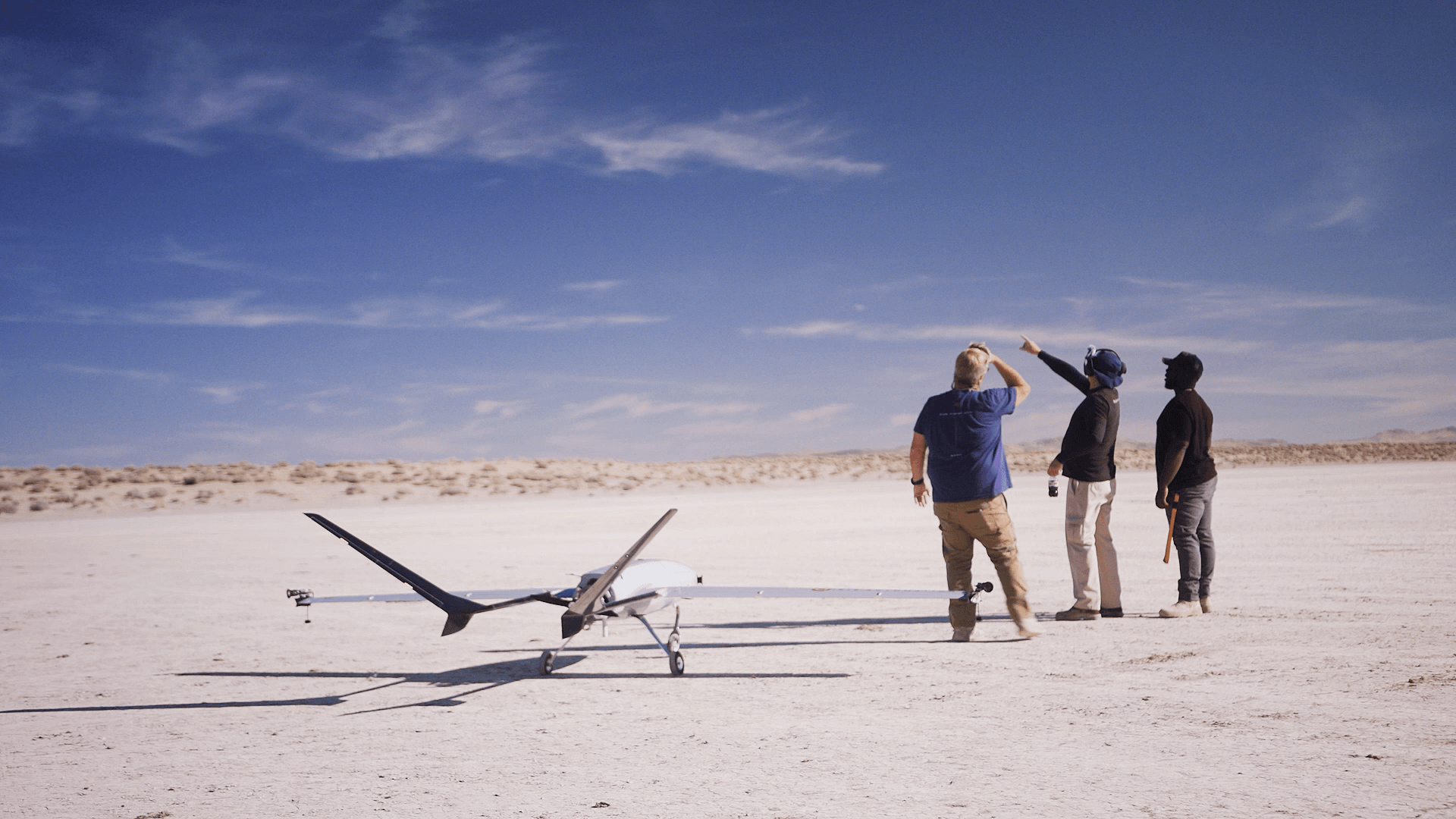What if we could do more than just Detect and Avoid with Casia? It’s a question that we’re constantly asking ourselves here at Iris Automation. And with the New Year upon us, it feels like it’s even more appropriate to ask than usual. 2021 was a big year for Iris Automation and when we look back at what we accomplished with the Casia system this year – and start thinking about what’s next – we can’t help but get excited.
The Casia system—not to toot our own horn, but we’re totally tooting our own horn—really is an achievement. Developing vision-based DAA is very hard and what we’re able to do with it right now is remarkable. To spot a small general aviation aircraft at an average distance of 1.2 km with a 93.2% detection rate is not a small feat. When you additionally factor in that a human pilot on average takes about 12.5 seconds to avoid a collision threat and compare that against Casia’s reaction time—which is measured in milliseconds—then it’s hard not to think of Casia as a critical tool that can help make aviation safer.
So far, the results we’ve seen from customers using our system have been amazing! Multiple customers have incorporated Casia into their operations and are using it to pursue BVLOS approvals, and with good results. One of our partners, Censys Technologies, has helped customers earn eight BVLOS approvals to date by integrating Casia into their airframe!
This past year was particularly exciting for us as we saw the release of three new versions of the Casia system, the most notable being our long-awaited, multi-camera version: Casia X. This system incorporates up to six cameras and provides up to a 360 degree field of regard. Its performance matches that of its single camera counterpart, and we believe that not only will it make aviation safer, but that it will be key to helping unlock scaled BVLOS operations by giving operators a full awareness of potential collision threats. The release of Casia X was a milestone for us as well because it opened up the opportunity to launch the other two iterations of the Casia system developed over 2021: Casia G and Casia for General Aviation.

Casia G is a ground-based version of the Casia system. It is ideal for customers who do not have the payload capabilities to incorporate an onboard DAA, are performing repeatable operations in a designated location, or who want to augment or potentially replace human visual observers. For its part, Casia G sports an average detection range of 1 mile (1600) meters with a 95.4% detection rate. By placing multiple Casia G “nodes” in a mesh network, customers can sterilize an unlimited operational area, allowing Casia G to provide early warnings about potential collision risks entering into an operational area. When integrated into an automated control system, like that being developed by our friends at HHLA Sky, Casia G can offer customers the ability to incorporate non-cooperative detection into completely autonomous drone operations managed via a centralized control center.

Finally, we introduced Casia for General Aviation in collaboration with our friends at Becker Avionics this past September. To do this, we leveraged the multi-camera capabilities of Casia X and merged it with Becker Avionics’ AMU6500, which provides in-cockpit 3D audio technology. When a potential collision risk is detected by Casia, the pilot receives an alert over their headset that taps into that 3D audio functionality. The pilot will perceive the alert as coming from the direction of the approaching intruder, granting them much improved situational awareness without increasing their workload.
The potential applications and implications for this product are enormous. There were 1450 near mid air collisions reported between 2016 and 2020, according to the Bureau of Transportation Statistics. However, one particular event stands out as it occurred in the middle of the development of Casia for General Aviation: this past May, two aircraft collided in mid-air while on approach to Centennial Airport in Colorado. This crash occurred in daylight, with clear skies, while both aircraft were in full communication with ATC and utilizing ADS-B. Amazingly (and mercifully) no one was hurt. As the news of the collision spread across the country, it stood as a great reminder to our team that this system could truly save lives.
While new product releases always grab the headlines, Iris Automation also released three major software updates to Casia in 2021, improving its reliability and performance, integrating new autopilot systems, and improving overall user experience; and we have more software updates in the works.
That’s a lot—especially given the ongoing challenges that 2021 presented! There’s definitely so much for us to be proud of, but we’re always innovating and, just as in 2021, we’re looking at 2022–and even further into the future–and thinking about how we can leverage Casia to go beyond its current capabilities. This begs the somewhat meta question: what is Casia?
At its core: Casia is an electro optical system that incorporates machine vision cameras, a processing unit, and deep learning algorithms. It is compact and light enough to be installed onto aircraft as small as a drone. And there’s the opportunity: by placing Casia onboard, we’re not just giving customers a DAA system, we’re providing onboard processing power and a powerful computer vision system. Thinking about Casia in this light opens doors for us as we consider new features. Could Casia serve as a broader Perception Engine to add functionality and enable new operations for our customers? You bet—and we’re more excited than ever about the future for Casia, for Iris Automation, and for our customers.
What are your thoughts about the potential applications for Casia beyond DAA? We’d love to hear your ideas in the comments below.
On behalf of everyone here at Iris Automation: Happy New Year and here’s to a great 2022!

